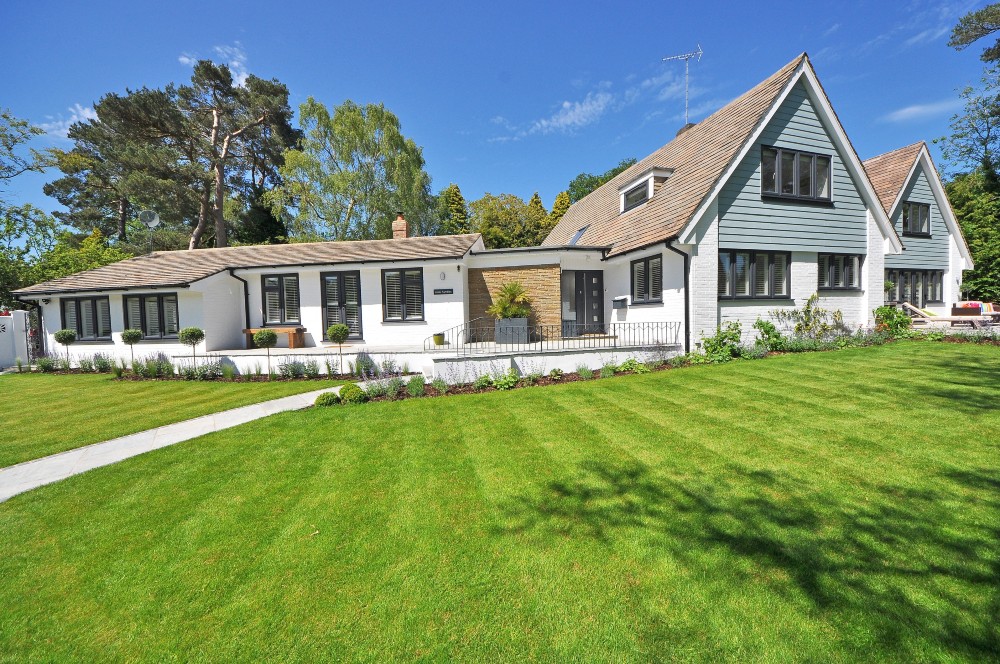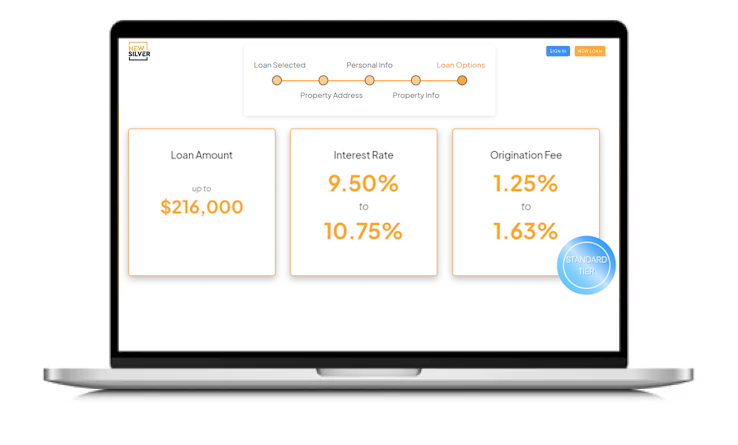Setting an accurate price for your home or investment property involves considering your homes features, comparable properties in the area, and the current real estate market. Get to know the ins and outs of what fair market value is, and how to calculate this, before you head off to sell your next property.
Key Topics
Whether you’re simply selling your house, or you’re a real estate investor, working out the market value of a property is key to pricing it correctly. There are various factors that contribute to the value of a property and if you’re an investor, the more you know about property values, the more informed your decisions will be about which properties are good to buy or sell. Let’s take a look at what fair market value is, along with a variety of methods and calculations that you can use to determine the market value of a property.

What is fair market value?
The fair market value of a property is the amount you’d be able to sell a home for, if you were to sell it that day, in normal market conditions, without using a real estate agent. It’s determined by a host of factors which include the characteristics of the property, the market in your particular area, and the buying or selling pressure.
This value is important to help you determine the equity of a property, as well as the strength of the property as an investment. Fair market value is used by people who are wanting to sell a property, borrow against the property or refinance it. It’s also a useful nugget of information for people who are buying property, to work out which properties are good deals.
Fair market value example
Here’s a quick example of how fair market value works. The fair market price of a home may be $200,000 but if the home is in an up-and-coming area, the fair market value could be more like $225,000. So, the fair market value can push the price of the home higher, by factoring in other considerations both inside the house, and in the surrounding area or market.
What is a Comparative Market Analysis (CMA)?
A comparative market analysis is one of the most useful tools you can use to work out your home’s value. It involves comparing your property to other properties in the area with similar features. Before you begin your CMA, make a list of your property features, such as the number of bedrooms, the year it was built, the size of the garage, the types of countertops and so on. This will help you find properties in the area that are the most similar yours, to compare apples with apples.
How to find comparable properties

Comparable properties are also called “comps” and these are a handful of properties that have sold within the last 6 months, in the same area as your property, with similar features. Comps should be a similar size to your property, to start with. Local real estate agents are a good way to find comps and get an analysis done because they often have the market estimates for homes, and have access to a large database of properties.
If you aren’t using an agent, you can look at popular real estate websites to find similar homes and see what price they’re being sold at. The MLS (Multiple Listing Service) is one of the best sources for comps because the information on the site is usually accurate and up to date.
When you’re looking for comparable properties, you should try to find at least 3 homes that fit the following criteria:
- Are located within half a mile of your property
- Have been sold within the last 6 months
- Are within 300 square feet of your property’s size
- Have the same number of bedrooms and bathrooms as your property
- Have similar nearby amenities or attractions that your property has, such as schools or sports fields
- Are in similar condition to your property – renovations and upgrades included
- Were built at roughly the same time as your home
It is also worth mentioning that you can find a complete list of the best real estate comps software here.
How to calculate market value of a property
Now that you know how to find comparable properties, it’s time to work out the market value of a property that you’re interested in buying for investment purposes. A method that is used often to calculate investment property values, is to combine the income from the property with the capitalization rate which will give investors a good idea of the property’s value as an investment.
What is a capitalization rate? This is the amount that you’d get as a return over 12 months if you purchased the property with cash up-front. First, you can determine the Annual net Operating Income, which will be the expected rental income for a year, factoring in any maintenance costs. The capitalization rate is then calculated by dividing the Annual net Operating Income from the purchase price. Comparing properties with similar capitalization rates is a good place to start when determining market value.
You could also use the replacement cost method to work out the property’s value. This involves calculating all costs that would go into replacing the home, plus the land and any depreciation. This can be used for properties that have no recent comps available or are extremely unique.
Lastly, this method works even if you intend to renovate the property in order to increase the value of the house. This article has more detail on how to calculate ARV.

How to find historical fair market value of a home
There is a difference between finding the historical prices of your home, and the historical fair market value. However, finding the historical prices will help you work out your current fair market value.
To find the historical price of your home, you can check your house purchase documents like the bill of sale or any deeds. These documents should have a record of the previous price of the home.
If you don’t have these documents, you can either look up the prices of comparable properties at the time when your home was sold, or check your county’s commission minutes or invoices to discover the price. The county should keep a record of this information and be able to assist you.
To work out the historical fair market value is a bit trickier because you will need to take into account any factors that were present at the time. The home’s features may have changed over the years, the property market won’t be the same now, and the area may have changed too (either become more popular, or less popular).
Your best bet is to use the previous price points of your home to help you determine the current fair market value and your new price point in conjunction with the current real estate market in your area.
Free property valuation calculators
By now you can tell that there are various ways to work out the market value of a property, many of which involve real estate agents or other paid services. However, there are free property calculators available that can also aid in working out a property’s market value.
There are online property valuation estimators that you can find on real estate websites, lender websites and others. These tools use an automated valuation model to quickly determine the value of your property.
One such tool is an ARV (after repair value) calculator which allows you to search for comparable properties in your area by simply entering an address. The ARV calculator will then provide sales data on properties that are nearby and have similar features. This is a useful tool that won’t cost a cent and will give you an idea of the property’s market value in just a few clicks.
Another free tool is the Federal Housing Finance Agency’s HPI calculator which uses home mortgage information to determine home values. The site tracks a home’s change in value over each sale, however bear in mind that it isn’t adjusted according to season and it doesn’t account for inflation.
Lastly, it may be valuable to review our detailed guide on the best online home value estimator.

Hiring an appraiser
Chances are, you’ll need to hire an appraiser to get approval for a mortgage or a real estate investing loan, this is also an easy way to get your home value worked out by a professional.
The appraiser will conduct thorough research on the home and spend hours inspecting it, as well as gathering information on your area. The appraiser will compare your home to similar properties in the area and give you a detailed report of the fair market value of your property in the current real estate market.
To summarize...
Calculating the price of your home involves taking a variety of factors into account, but once you’ve considered all the factors we’ve mentioned above and compared your home to similar properties in your area, you should be well on your towards calculating the market value of your property and working out what an accurate price point would be.
Whether you’re selling your home, or buying or selling an investment property, knowing how to calculate market value of a property will be a huge help on your real estate journey.



